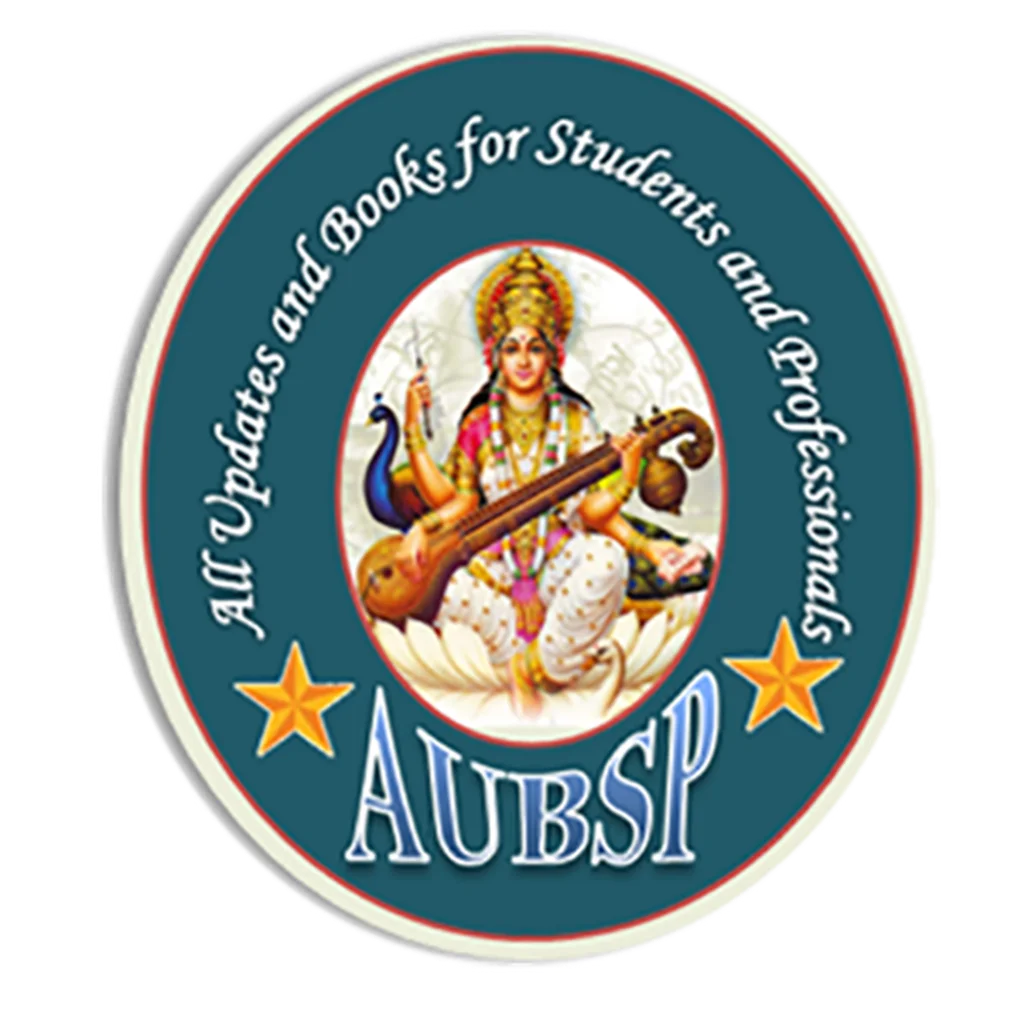China’s education system follows a structured, age-based progression beginning with optional preschool at ages 3–6, followed by six years of compulsory primary education starting at age 6, and three years of compulsory junior secondary (middle) school from ages 12 to 15. After completing the Zhongkao exam, students may enter a three-year senior secondary school (academic or vocational), concluding with the Gaokao university entrance exam at age 18.
Higher education includes bachelor’s (typically 4 years), master’s (2–3 years), and doctoral (3–6 years) programs. The system is competitive, especially at exam stages, with widespread use of tutoring and growing access to online and vocational education, although disparities between urban and rural areas persist.
Navigating the Educational Landscape of China: A Comprehensive Overview
China’s education system, a vast and evolving structure overseen by the Ministry of Education, follows a clearly defined, age-based progression. Rooted in the principle of universal basic education, it aims to cultivate well-rounded individuals equipped for the nation’s future. Let’s delve into the intricacies of this tiered system.
1. Laying the Foundation: Preschool / Kindergarten (学前教育)
Age: Typically catering to children aged 3 to 6 years.
Duration: A standard kindergarten education spans three years, often divided into smaller, middle, and larger classes based on age.
Compulsory Status: Participation in preschool is not compulsory under Chinese law. However, it is increasingly recognized for its crucial role in early childhood development.
Focus and Curriculum: The primary emphasis at this stage is on fostering fundamental social skills, honing gross and fine motor skills through play and structured activities, and nurturing early cognitive development. Activities often include storytelling, songs, simple arithmetic games, arts and crafts, and physical exercises. Many kindergartens also introduce basic literacy skills and Mandarin Chinese language development.
Statistics and Trends: Enrollment rates in preschool education have seen significant growth in recent decades, reflecting the increasing awareness of its benefits among parents. Urban areas generally boast higher enrollment rates and a greater variety of kindergarten options, including public, private, and international institutions.
2. The Cornerstone: Primary School (小学)
Age: Children typically commence primary education at the age of 6 and continue until 12 years old.
Grades: This stage encompasses Grades 1 through 6.
Duration: Primary schooling lasts for six years.
Compulsory Status: Primary education is a compulsory component of China’s nine-year compulsory education law, ensuring that all children receive basic schooling.
Core Subjects: The curriculum is foundational, focusing on key subjects such as Chinese language and literature (语文), Mathematics (数学), and Moral Education (思想品德), which instills civic values and social responsibility. Physical Education (体育), Art (美术), and Music (音乐) are also integral parts of the curriculum, promoting holistic development. Science (科学) is typically introduced in the later grades. In many urban primary schools, English is also offered as a subject, often starting from the third grade.
Assessment: Student progress is typically assessed through regular classroom assignments, quizzes, and mid-term and final examinations. The emphasis is on building a strong academic foundation.
3. Bridging the Gap: Junior Secondary School / Middle School (初中)
Age: Students transition to junior secondary school around the age of 12 and continue until 15.
Grades: This level comprises Grades 7 through 9.
Duration: Junior secondary education spans three years.
Compulsory Status: Completing junior secondary school is the second and final phase of the nine-year compulsory education mandated by law.
Expanded Curriculum: Building upon the primary school foundation, the curriculum expands to include more in-depth study of subjects like Chinese, Mathematics, English, Physics (物理), Chemistry (化学), Biology (生物), History (历史), Geography (地理), Political Science (政治), Physical Education, Art, and Music.
The Decisive Examination: Zhongkao (中考): At the culmination of junior secondary school, students face the Zhongkao, a crucial high school entrance examination. Performance on the Zhongkao significantly determines which type and tier of senior secondary school a student can attend. This exam is highly competitive, particularly in urban areas with prestigious high schools.
4. Charting Future Paths: Senior Secondary School / High School (高中)
Age: Students typically attend senior secondary school from 15 to 18 years of age.
Grades: This stage encompasses Grades 10 through 12.
Duration: Senior secondary education lasts for three years.
Compulsory Status: Unlike primary and junior secondary education, senior secondary school is not compulsory.
Diversification of Tracks: At this level, the education system diversifies into two main tracks:
General High School (普通高中): This is an academic track focused on preparing students for higher education and university entrance examinations. The curriculum delves deeper into core academic subjects.
Vocational High School (职业高中): This track offers career-oriented and technical education, equipping students with specific skills for various trades and industries. The curriculum includes practical training and specialized vocational subjects.
The Gatekeeper to Higher Education: Gaokao (高考): For students in general high schools, the culmination of their secondary education is the Gaokao, the National Higher Education Entrance Examination. This highly competitive, standardized test is the primary determinant for admission to Chinese universities and colleges. The Gaokao covers subjects like Chinese, Mathematics, English, and a comprehensive subject of the student’s choice (often a combination of physics, chemistry, and biology, or history, geography, and political science).
5. Ascending to Knowledge: Higher Education (高等教育)
Entry Requirement: Successful completion of senior secondary school and a competitive score on the Gaokao (for academic tracks) or relevant vocational qualifications (for vocational tracks) are prerequisites for entering higher education.
Undergraduate (Bachelor’s Degree):
- Age: Students typically enter undergraduate programs around 18 years old.
- Duration: The standard duration for a bachelor’s degree program is four years, although certain specialized fields like medicine, engineering, and architecture may extend to five or even longer years.
- Types of Institutions: China boasts a vast network of universities and colleges, ranging from comprehensive research universities to specialized vocational and technical colleges.
Postgraduate Studies:
- Master’s Degree (硕士): Typically requires 2 to 3 years of study after obtaining a bachelor’s degree. Students usually specialize in a particular academic field. The typical age range for master’s students is 22 to 25 years.
- Doctoral Degree (博士 – PhD): Pursuing a PhD generally takes 3 to 6 years or even longer after completing a master’s degree. This involves in-depth research and culminates in a dissertation. The typical age range for PhD students is 25 years and above.
Optional Pathways and Enhancements:
Adult Education (成人教育): Recognizing the importance of lifelong learning, China offers various avenues for adult education. These programs cater to individuals seeking to continue their education, acquire new skills, or complete qualifications they may have missed earlier in life. Options include evening schools, correspondence courses, and online learning platforms.
The Realm of Private Tutoring (课外辅导): Private tutoring has historically been a widespread phenomenon, particularly for students preparing for the high-stakes Zhongkao and Gaokao examinations. Parents often invest in supplementary tutoring to give their children a competitive edge. However, in recent years, the Chinese government has implemented policies aimed at reducing the academic burden on students and curbing the excessive growth of the private tutoring industry.
A Global Perspective: International Schools (国际学校): Primarily located in major urban centers, international schools offer educational programs that often follow Western curricula, such as the International Baccalaureate (IB) or curricula from specific countries like the United States or the United Kingdom. These schools primarily cater to the children of expatriates working in China and a growing number of Chinese families seeking an international educational experience for their children.
China’s education system is a dynamic and constantly evolving entity, reflecting the nation’s rapid economic and social development. While the structured, age-based system provides a clear pathway, ongoing reforms aim to enhance quality, promote equity, and foster well-rounded individuals prepared for the challenges and opportunities of the 21st century. The emphasis on foundational knowledge, coupled with the intense competition at key transition points like the Zhongkao and Gaokao, underscores the high value placed on education within Chinese society.
FAQs on Age-wise Education System in China
What is the starting age for formal education in China?
Children typically begin formal education at the age of 6 when they enter primary school.
Is preschool education mandatory in China?
No, preschool education (ages 3–6) is not mandatory, though it is widely attended.
How long is primary school in China?
Primary school lasts for six years, from Grade 1 to Grade 6.
At what age do Chinese students enter middle school?
Students generally enter middle school (junior secondary) at age 12.
Is middle school education compulsory in China?
Yes, both primary and middle school education (a total of 9 years) are compulsory under Chinese law.
What is the Zhongkao exam?
Zhongkao is the high school entrance exam taken at the end of Grade 9, determining placement in high schools.
What are the options after middle school in China?
Students may attend general academic high school, vocational high school, or stop formal education.
How long is high school in China?
High school in China lasts for three years, from Grade 10 to Grade 12.
What is the Gaokao?
Gaokao is the national college entrance exam taken after high school, crucial for university admissions.
At what age do students take the Gaokao?
Students usually take the Gaokao at age 18.
Is vocational education available at the high school level?
Yes, students can choose to attend vocational high schools which focus on practical and technical skills.
What is the typical age for entering university in China?
Most students enter university at age 18 or 19, after passing the Gaokao.
How long does it take to complete a bachelor’s degree in China?
Bachelor’s degrees generally take 4 years to complete.
Are there longer programs for specific majors like medicine or engineering?
Yes, programs such as medicine may take 5 to 7 years.
What are the postgraduate options in China?
Students can pursue master’s (2–3 years) and doctoral degrees (3–6 years).
Is adult education available in China?
Yes, adult education and continuing education options are available through evening classes and online programs.
Do Chinese students study English in school?
Yes, English is commonly taught starting in primary or middle school, especially in urban areas.
What subjects are taught in primary school?
Subjects include Chinese, mathematics, moral education, physical education, art, and increasingly English and science.
How competitive is the Chinese education system?
It is highly competitive, especially at the high school and university entrance levels due to limited top-tier spots.
Are there international schools in China?
Yes, many major cities have international schools that follow foreign curricula and often use English as the medium of instruction.
What is the role of private tutoring in China?
Private tutoring is common, especially for exam preparation, though recent government reforms aim to reduce its prevalence.
Is online education common in China?
Yes, online education has grown significantly, particularly since the COVID-19 pandemic.
What is the literacy rate in China?
As of recent data, China has a literacy rate of over 96%.
Are rural and urban education systems equal in China?
There are disparities, with urban schools generally better funded and staffed than rural ones.
Does China have special education programs?
Yes, though access and quality can vary. Efforts are ongoing to improve inclusion.
Can students transfer between vocational and general education tracks?
In most cases, transferring from vocational to general tracks is difficult, but some pathways exist through special exams or programs.
Is homeschooling allowed in China?
Homeschooling is not legally recognized and is rare, with most children required to attend school.
What are the school hours like in China?
School days are typically long, often from 7:30 AM to 4:30 PM or later, especially for older students.
Are extracurricular activities part of the curriculum?
Yes, schools offer extracurriculars, though academic performance often takes priority.
What is the school calendar in China?
The academic year usually starts in September and ends in July, with a winter break (around Chinese New Year) and a summer vacation.



Leave a Reply
You must be logged in to post a comment.